Meet the A-Team
Meet the Scientists
The A-Team Internal Advisory Committee
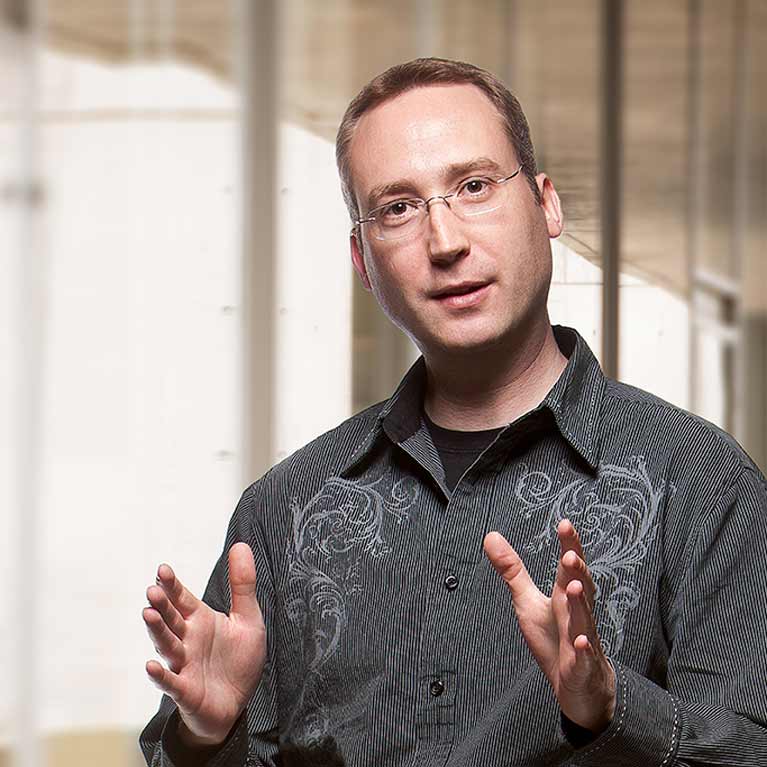
Axel Nimmerjahn
U19 Team Director, Project 2 PI/Lead, Admin Core Lead
Professor, Waitt Advanced Biophotonics Center
Salk Institute for Biological Studies
Lab website
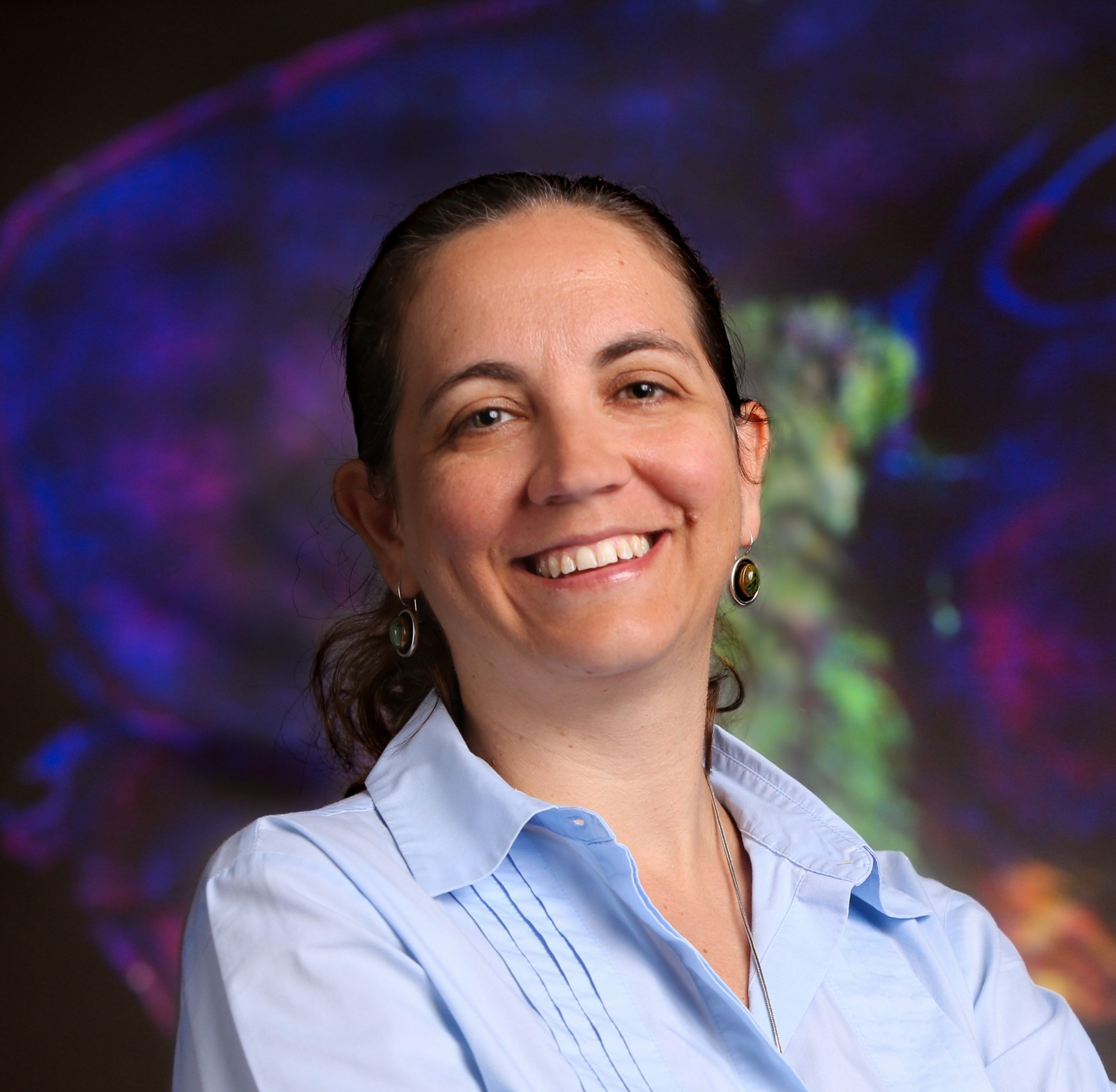
Cagla Eroglu
Project 3 PI/Lead
Professor
Howard Hughes Medical Institute Investigator
Duke University Medical Center
Departments of Cell Biology and Neurobiology
Lab website

Lin Tian
Project 4 PI/Lead
Scientific Director
Max Planck Florida Institute for Neuroscience
Lab website
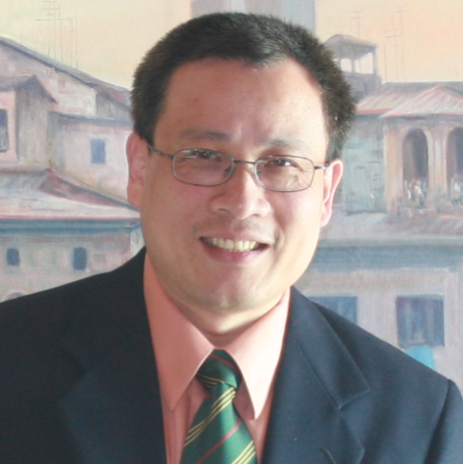
Yue (Joseph) Wang
Project 1 and Data Science Resource Core PI/Lead
Grant A. Dove Professor
Virginia Tech
Lab website
The A-Team
DUKE UNIVERSITY
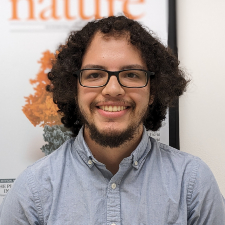
Daniel Quintero
Graduate Student
Project 3
E: Daniel.quintero@duke.edu
Daniel was born in Bucaramanga, Colombia, and moved to Naples, Florida, with his family as a teenager. He did his undergraduate studies at Carleton College in Northfield, MN, and received a Bachelor’s in Cognitive Science. For his senior year honors thesis, Daniel collaborated with the Lundgaard Lab at Lund University, Sweden, to screen for various pharmacological agents that selectively block AQP4 water channels in astrocytic endfeet and disrupt glymphatic flow. Daniel matriculated in the Neurobiology Ph.D. program and joined the Eroglu lab in May 2023, where he is supported by an NIH T32 grant. His thesis work aims to elucidate how astrocytes contribute to the generation and maintenance of sleep. Outside of the lab, Daniel enjoys hiking, playing music, woodworking, and playing with his son.
Gabrielle Sejourne
Graduate student
Project 3
E: Gabrielle.Sejourne@duke.edu
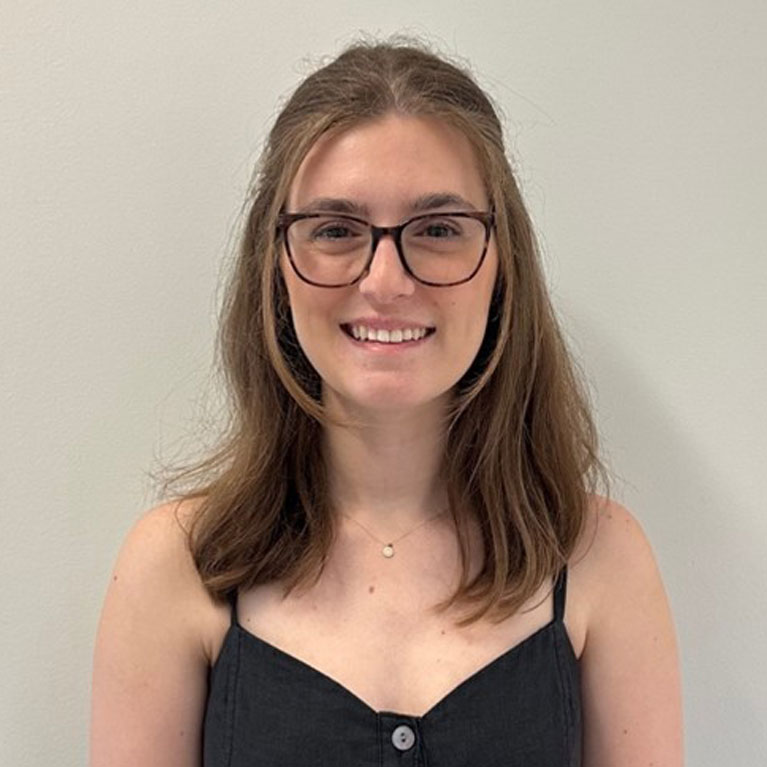
Jillian Saunders
Graduate student
Project 3
E: jcs179@duke.edu
Jillian received her bachelor’s and master’s degrees in Biomedical Engineering from Drexel University. She is now pursuing her Ph.D. in Neurobiology at Duke University and joined the Eroglu Lab in March 2025. Jillian is broadly interested in how astrocytes contribute to higher-order brain function. In the Eroglu lab, she hopes to investigate astrocyte-neuron interactions in psychiatric disease with a particular focus on serotonin-signaling.
Jinhu Kim
Postdoctoral research associate
Project 3
E: Jinhu.Kim@Duke.edu
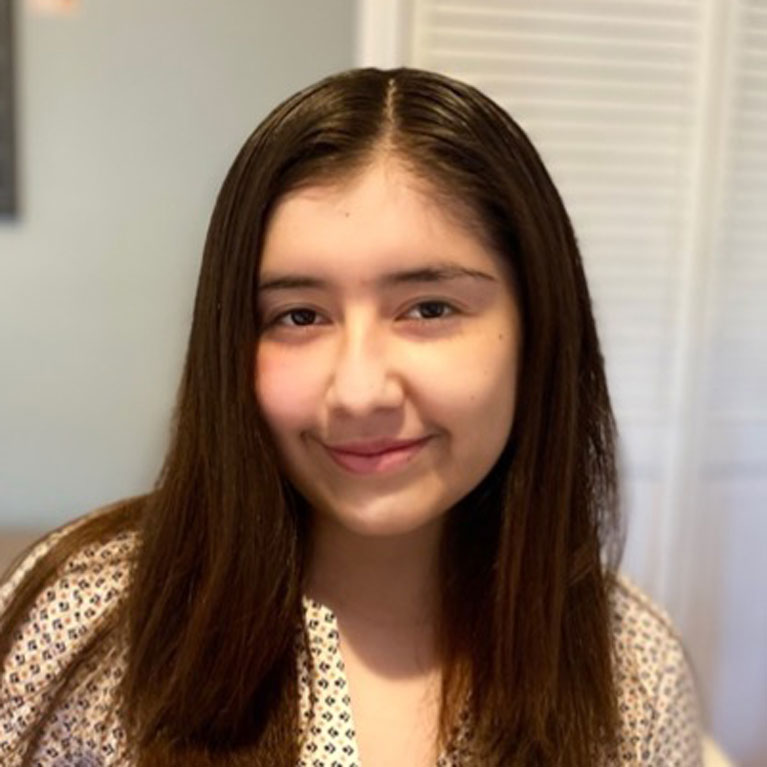
Leslie Vazquez
Graduate Student
Project 3
E: leslie.vazquez-rangel@duke.edu
Leslie is interested in understanding the mitophagy and non-mitophagy pathways that astrocytes employ to remove unfit mitochondria and maintain stable synaptic circuits. For non-mitophagy pathways, she aims to elucidate the role and molecular fate of transferred mitochondria from astrocytes to neurons.
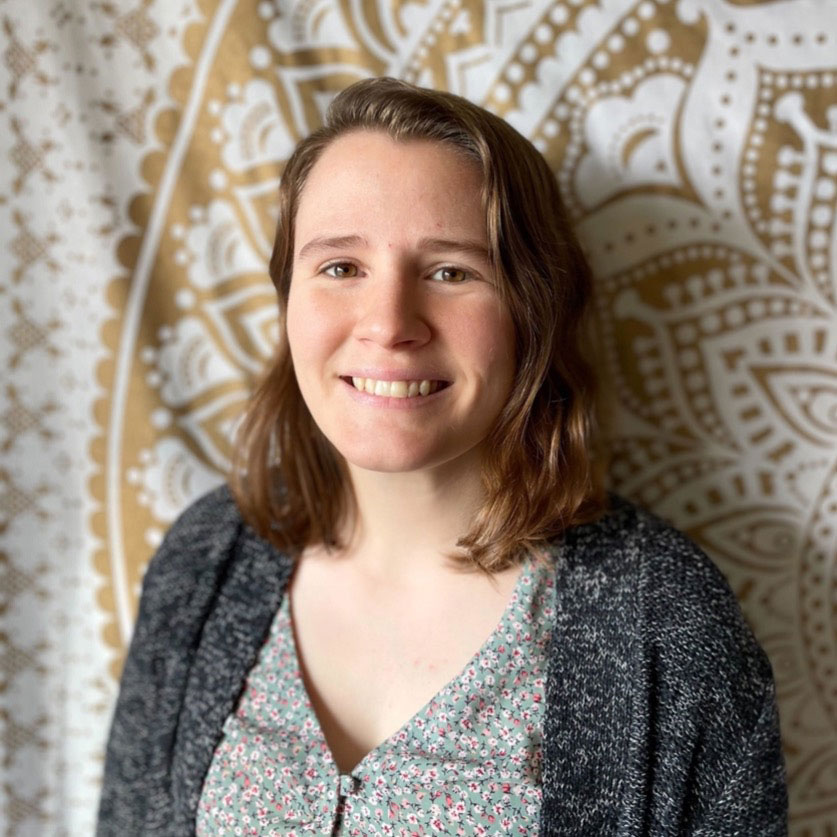
Jessica Moore
Postdoctoral Research Associate
Project 3
E: Jess.moore@duke.edu
Jess pursued her doctoral studies in the lab of Dr. Valentina Greco at Yale University School of Medicine, where she uncovered cellular and molecular regulators of calcium signaling within the stem cell pool of the skin epidermis. Jess joined the Eroglu lab as a postdoctoral researcher in 2023 and is investigating the crosstalk between astrocytes and the vasculature during brain development, as well as the brain-skin axis.
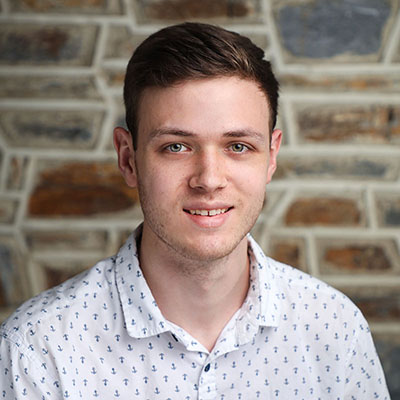
Justin Savage
Graduate Student
Project 3
E: justin.savage@duke.edu
Justin joined the Eroglu lab as a sophomore undergraduate at Duke in the summer of 2017. Throughout the rest of his undergraduate education, Justin worked with former Postdoc Dr. Katie Baldwin to investigate the role of cell adhesion molecules on astrocyte development. After graduating from Duke with a B.S. in Neuroscience, Justin entered the Duke Neurobiology Ph.D. training program and eventually rejoined the Eroglu lab for his graduate studies. Justin’s thesis project aims to unravel the relationship between astrocyte maturation and epigenetic gene regulation. Outside of the lab, Justin is a PC gamer, avid reader, and proud Corgi dad.

Kristina Sakers Hays
Research Specialist III
Project 3
E: kristina.sakers@duke.edu
I am broadly interested in how the astrocytes develop and mature in the cortex. I am currently studying how cell adhesion molecules control astrocyte morphogenesis and how epigenetic changes drive astrocyte maturation, postnatally.

Leykashree Nagendren
Lab Research Analyst I
Project 3
E: leykashree.nagendren@duke.edu
Leyka received a B.S. in Neuroscience (Honors) from the University of Wisconsin-Madison. She then moved to Duke to pursue postbac research in Eroglu Lab. She is interested in elucidating the epigenetics and cellular mechanisms of how astrocytes mature and modulate synaptogenesis with Dr. Kristina Sakers and Dr. Dolores Irala.
Maria Paglione
Postdoctoral research associate
Project 3
E: Maria.Paglione@Duke.edu

Nimrod Elazar
Postdoctoral Research Associate
Project 3
E: nimrod.elazar@duke.edu
Nimrod received his bachelor’s degree in biology from Tel Aviv University. He then went on to pursue his doctoral training in the lab of Dr. Elior Peles at the Weizmann Institute of Science in Israel, where he investigated the role adhesion molecules play in myelination. Nimrod joined the Eroglu Lab as a postdoctoral researcher in 2020 and is investigating the role astrocytes play in health and Parkinson’s disease. He is a Howard Hughes Medical Institute-sponsored Life Sciences Research Foundation (LSRF) awardee.

Olivia Wirfel
Research Technician II
Project 3
E: olivia.wirfel@duke.edu
Olivia graduated with her B.S. in Biology from Gannon University in 2021. She has since joined the Eroglu Lab and now investigates the role of astrocytes in Parkinson’s Disease with Dr. Nimrod Elazar, as well as the role of astrocytes and sleep on the brain’s response to prenatal environmental exposures with Dr. Trisha Vaidyanathan.
MAX PLANCK, FLORIDA
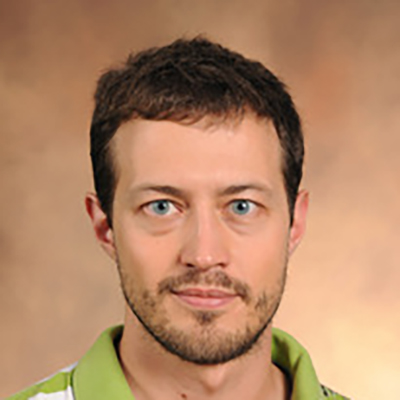
Alessio Andreoni
Assistant Project Scientist
Project 4
E: alessio.andreoni@mpfi.org
I am interested in the development of new fluorescent sensors for studying neuronal communication. I am primarily working on developing red-shifted and chemigenetic sensors for glutamate. I intend to expand the color palette of sensors for other neurochemicals, transmitters, and modulators.

Akash Pal
Postdoctoral Research Associate
Project 4
E: akash.pal@mpfi.org
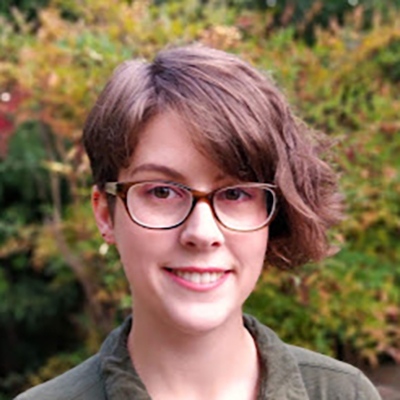
Emily Wright
Postdoctoral Research Associate
Project 4
E: emily.wright@mpfi.org
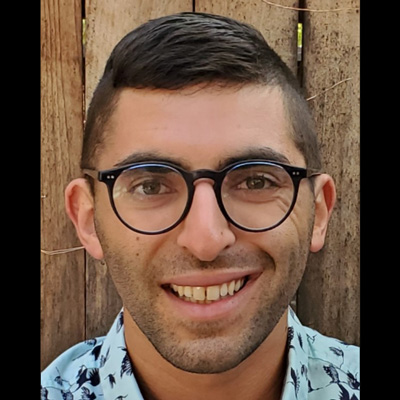
Jacob Roshgadol
Graduate Student
Project 4
E: jrosh@ucdavis.edu; jacob.roshgadol@mpfi.org
I am interested in further expanding our understanding of basic dopamine biology and building models to predict behavior based on dopamine signaling dynamics. My research focuses on constructing equipment for facilitating behavioral experiments in rodent animal models and creating computational models to predict behavior in experimental tasks.

Kiran Long-Iyer
Graduate student
Project 4
E: krlongiyer@ucdavis.edu
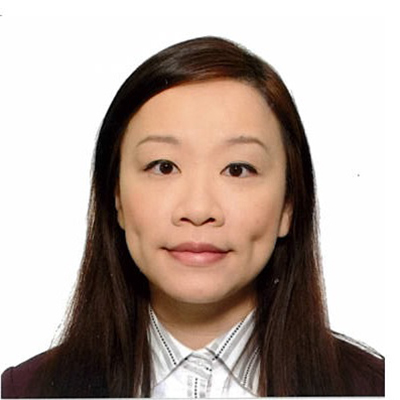
Kwun Nok Mimi Man
Assistant Project Scientist
Project 4
E: kn.mimi.man@mpfi.org
My current research centers on the development and application of red-shifted neuromodulator sensors to investigate the circuit and cellular mechanisms underlying behavior in animal models. Specifically, I am developing a red dopamine sensor for use in multiplex imaging with green neuronal/astrocytic activity sensors, in health and disease. In my postdoctoral work, I have reported mechanisms for norepinephrine and dopamine regulation of calcium channel function, with functional effects during hippocampal-dependent memory.
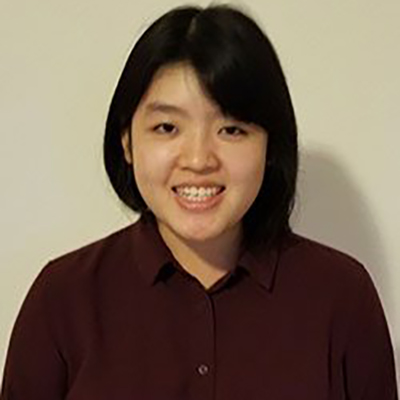
Nikki Tjahjono
Graduate Student Researcher
Project 4
E: ntjahjono@ucdavis.edu
I develop red-shifted glutamate indicators and high-throughput screening methods for optimizing biosensor performance, including dLight.

Yihan Jenny Jin
Graduate Student Researcher
Project 4
E: : yihjin@ucdavis.edu; yihan.jin@mpfi.org
I am interested in understanding how neurotransmitters, such as glutamate and GABA, signaling govern the communication between neurons and astrocytes. Specifically, I want to address how adhesion molecules in perisynaptic astrocytic processes (PAPs) changes are correlated to concentration changes of extracellular glutamate/GABA at the synapse and their role in behavior and diseases. I am currently optimizing a synaptic glutamate sensor to allow the detection of glutamate transient at astrocyte-neuron junctions. I will also apply the sensor to study how PAP plasticity affects and regulates synaptic activity ex vivo and in vivo.
SALK INSTITUTE

Nick Andrews
Director, In Vivo Scientific Services
Project 2
E: nandrews@salk.edu
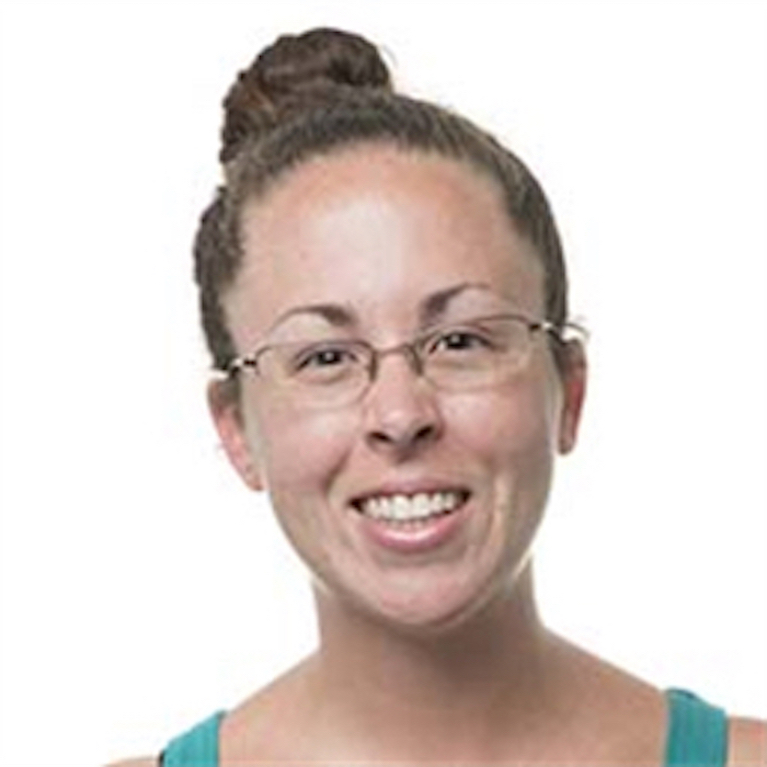
Daniela Duarte
Research Assistant II
Project 2
E: dcook@salk.edu
I am a neuroscience enthusiast with a special love for glia. I currently use imaging techniques to elucidate the role of spinal cord astrocytes and microglia in pain and disease contexts. My favorite aspect of fundamental research is collaborating with scientists to make and confirm discoveries. Being a member of the A-team has already expanded my understanding of and interest in astrocytes!
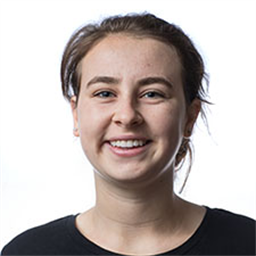
Erin Carey
Research Assistant
Project 2
E: ecarey@salk.edu
I am utilizing one-photon microscopy in combination with analytical and surgical techniques to elucidate the role of spinal cord glial cells in processing various sensory and motor stimuli. I am interested in applying machine learning models and other computational tools to further investigate the role of glia in circuitry processing in the Central Nervous System (CNS).

MK Duff
Graduate Student
Project 2
E: mduff@salk.edu
I am interested in investigating the molecular pathways driving astrocyte-neuron interactions in the spinal cord and how the dysregulation of these pathways in astrocytes may mediate the transition to disease states. Moreover, I am interested in exploring the existence of astrocyte subpopulations within the spinal cord, with a particular focus on how these subpopulations may be molecularly tuned to interact more specifically with a given neuronal subpopulation.
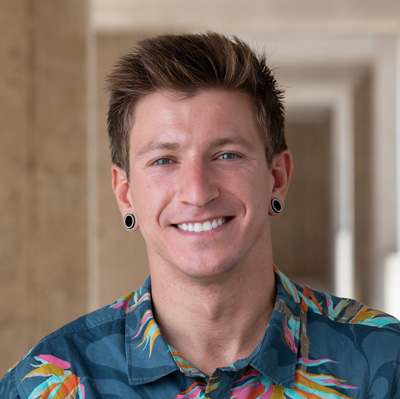
Nicholas Nelson
Graduate Student
Project 2
E: nanelson@ucsd.edu
I am interested in the interaction of the nervous and immune systems, especially regarding how Central Nervous System (CNS) glial cells can play roles in both the development and resolution of different CNS pathologies. My thesis project in the Nimmerjahn Lab is investigating the role of spinal cord dorsal horn astrocytes in the development of chronic pain after peripheral nerve injury.
VIRGINIA POLYTECHNIC INSTITUTE AND STATE UNIVERSITY

Boyu Lyu
Research Assistant
Project 1
E: boyu93@vt.edu
Boyu Lyu’s current research focuses on analyzing the detailed morphologies of glia and neuron based on electron microscopy data. His research aims to help understand the structural relationship between glia (mainly astrocytes) and neurons nearby. He also did research on detecting objects from fluorescence microscopy images and detecting active regions from two-photon image sequences.

James Cheng Peng
Graduate Research Assistant and Visiting Graduate Student at Salk Institute
Data Science Core
E: jameschengpeng@vt.edu; japeng@salk.edu
My research interest is in the interdisciplinary area among dynamical systems modelling, systems biology (in neuroscience), optimization, and bio-image analysis. My dissertation topic is on developing a computational model based on differential equations that connects neuronal/neuromodulatory signals to behaviors with astrocytes as intermediate. My objective is to bring more math to biological studies.
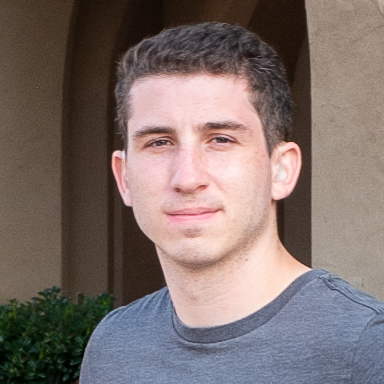
Mark Bright
Graduate Student Researcher
Data Science Core
E: bmark21@vt.edu
My research interests include biomedical imaging analysis, computer graphics and vision, and biological/molecular simulation.
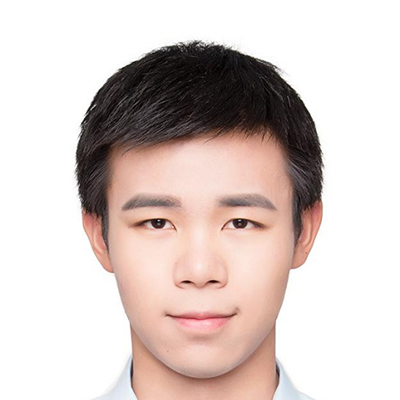
Mengfan Wang
Graduate Research Assistant
Project 1
E: mengfanw@vt.edu
My research interest is large-scale long-time bioimaging data quantification, especially in object detection and particle tracking, such as microglia tip motility quantification and embryo lineage reconstruction. Now I’m developing a high-performance computing framework with state-of-the-art accuracy.

Songtao Wei
Graduate Student
Project 1
E: songtaow@vt.edu
I leverage advanced statistical methods, data analytics, and machine learning to analyze bioinformatics and neuroinformatic data (specifically genomic data).
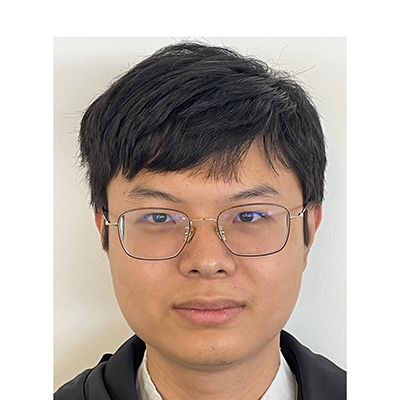
Wei Zheng
Graduate Student
Project 1
E: zhengw@vt.edu
I am interested in improving the analysis of biological time-lapse images. My current focus is on image registration, segmentation, and object tracking.
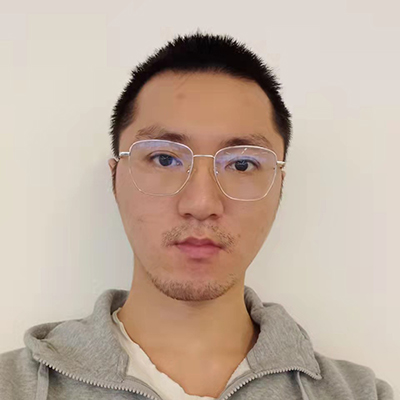
Xuelong Mi
Graduate Research Assistant
Project 1
E: mixl18@vt.edu
Xuelong is a Ph.D. student in the Yu Lab. He is dedicated to using unsupervised learning, optimization technique, and statistics to detect and analyze various brain signals. Currently, he is working on improving the Astrocyte Quantitative Analysis (AQuA) software, the tool for quantifying and analyzing astrocytic signals in time-lapse imaging data.
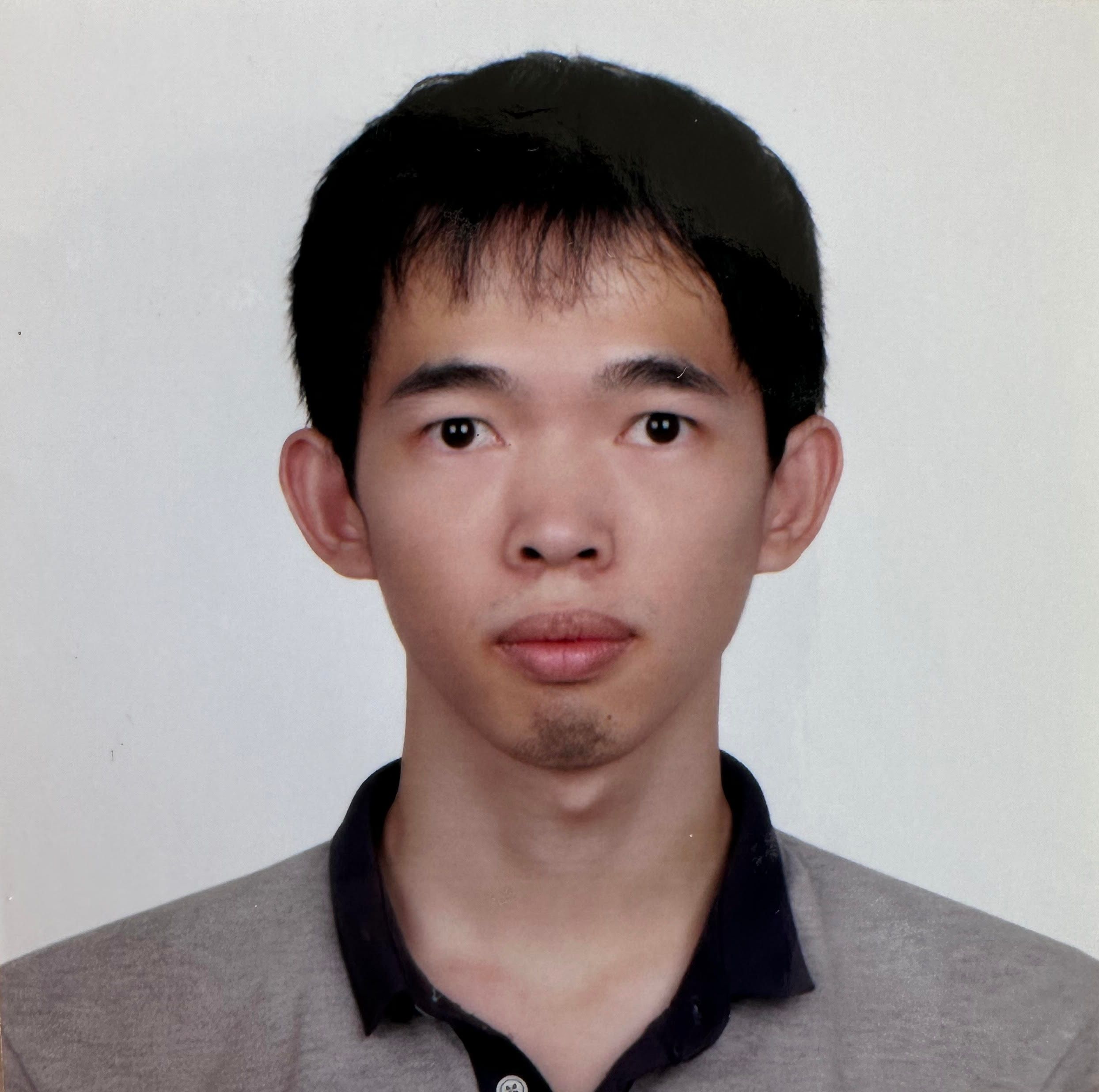
Zuolin Cheng
Research Associate
Project 1
E: zuolin8@vt.edu
My general interests blend machine learning, statistics, data analytics, and bioinformatics. And my specific research area lies in developing machine learning and computational model to extract meaningful signals from complex biological data, e.g., single-cell RNA-seq data and ChIP-seq data. Recently, I have focused my attention on developing model(s) to infer the driving factors behind a biological process or disease.
A-Team Alumni
A-Team External Advisory Board
Durga P. Mohapatra
Program Director, NIH NINDS
Nathan A. Smith
Associate Professor of Neuroscience
University of Rochester School of Medicine and Dentistry
Associate Dean of Equity and Inclusion for Research and Research Education
Shaul Druckmann
Associate Professor of Neurobiology and of Psychiatry & Behavioral Sciences,
Stanford University